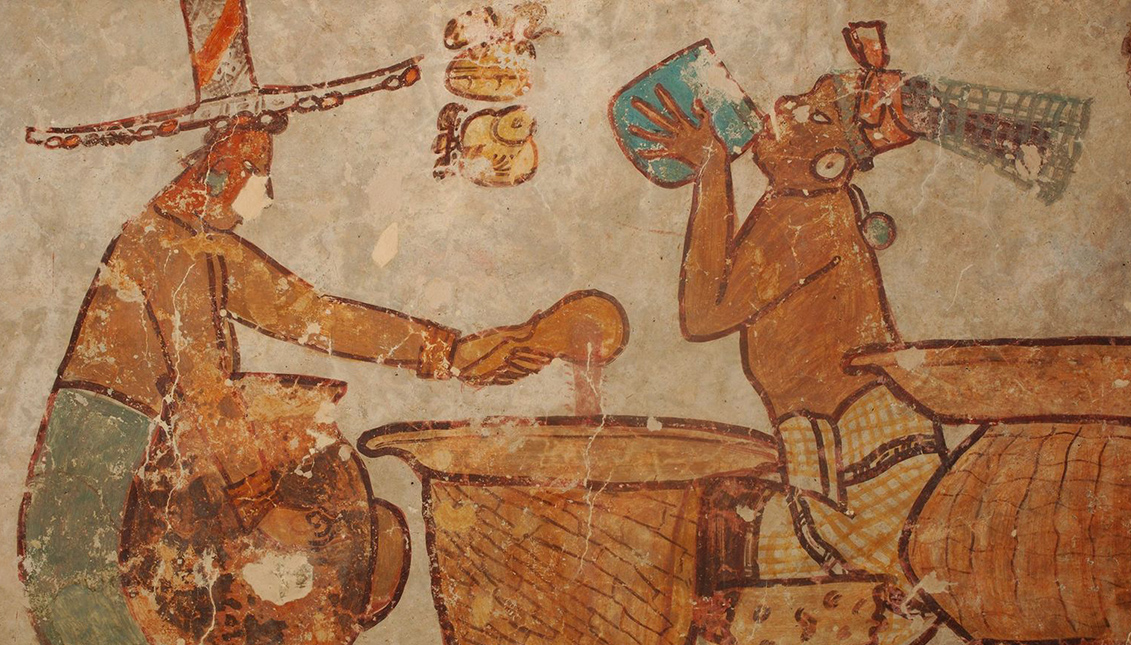
Chocolate: A witches' brew in colonial America
The Spanish Inquisition persecuted the women who used cocoa to cast spells to curb indigenous spirituality in colonized societies.
Juan de Fuentes, a 33-year-old mestizo construction worker, went to the colonial authorities with a serious accusation.
"My wife, Cecilia, has bewitched me," he told them.
Fuentes complained that he was incapable of having an erection and to top it off, his wife forced him to serve her chocolate for breakfast, something that was so inconceivable that it could only be the devil's work. Indeed, the Inquisition arrested Cecilia.
Francisca de Ágreda's widow, a rich mestiza, and her daughter Juana also found themselves in prison accused of witchcraft when a slave denounced them to the local authorities for mixing their pubic hair with pieces of nails in a cup of cocoa they served to the village priest, supposedly with the intention of making a "loving curse."
Doña Luisa de Gálvez, meanwhile, bewitched her husband's cocoa for another purpose: she wanted him to stop beating her. So Anita, a sorceress, washed her genitals with water and mixed them with magic green and cinnamon powders in a steaming cup of chocolate. The Inquisition chased them away.
RELATED CONTENT
All of them were noble women, except, of course, the ancestral Mayan sorceresses, in a strongly stratified and colonial society in 17th century Guatemala. They had followed the advice of indigenous healers with whom they interacted in local markets and who used chocolate as a powerful magic potion from very remote times.
For Penn State professor Martha Few, an expert on gender and colonial history in Latin America, chocolate, which was cultivated by the native peoples of the Americas for at least 3,000 years and served in marriage ceremonies and used as a ritual drink, was not only the focus of Spanish paranoia, but also associated during the time of colonization with men's fear of losing their masculinity by being "bewitched" by their women serving them breakfast. Paradoxically, notes Few, who found numerous reports in Inquisition archives, none of them moved a finger to make their own bowl of cocoa, which was drank like morning coffee under the influence of Mayan and Aztec traditions and rites.
In fact, the mestizaje had women as its central focal point, since all of them, regardless of their status and condition, interacted in the local markets. While other ritual plants were forbidden, the bitter drink that the Aztec emperor Montezuma himself is said to have used "to succeed with women," was learned by mestizos and Europeans from other indigenous women with much fear on the part of the colonizers, turning the kitchen into a shelter for female dissidents.
"They were racial and gender conflicts," said Professor Few, because women disobeyed the Europeans and the intention of the Spanish religion was to suppress the sorcery of chocolate and thus eliminate all spiritual practices of indigenous and African roots.
However, neither the witch hunt nor the persecution of ancestral rites destroyed the magic of common women, nor the custom of tasting a good cup of chocolate.











LEAVE A COMMENT: